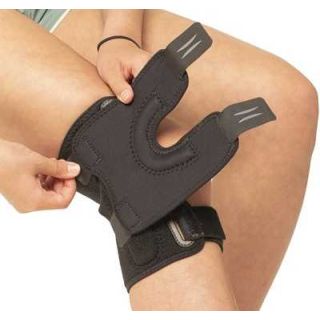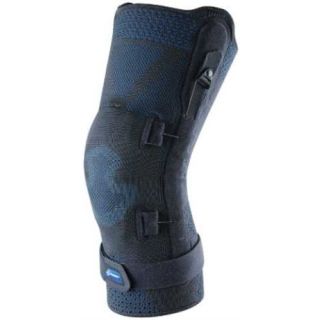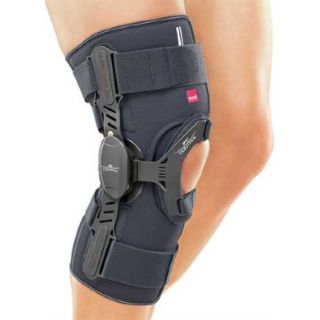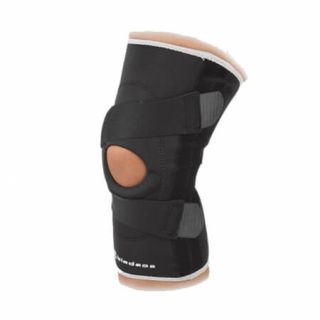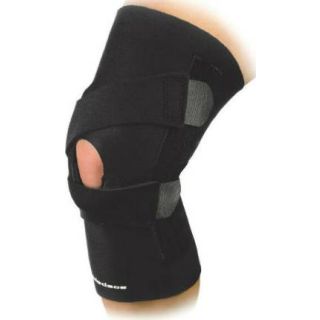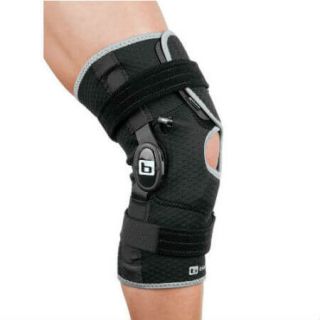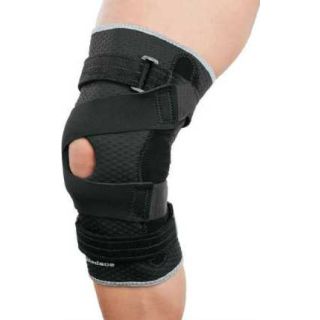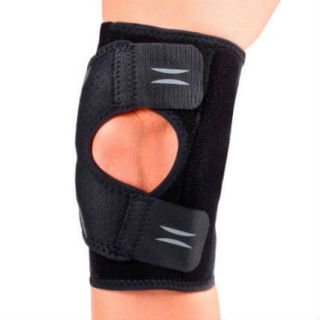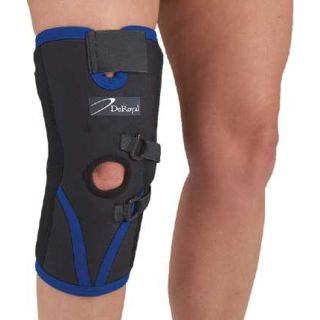-
 Details$87.99 $73.99
Details$87.99 $73.99 -
 Details$73.99 $62.99
Details$73.99 $62.99 -
 Details$156.99 $146.99
Details$156.99 $146.99 -
Add To Cart To See Price
 Details$208.00 $208.00
Details$208.00 $208.00 -
 Details$78.00 $62.99
Details$78.00 $62.99 -

-
 Details$239.99 $135.00
Details$239.99 $135.00 -
 Details$126.99 $91.99
Details$126.99 $91.99 -
Staff Choice
 Details$127.99 $99.50
Details$127.99 $99.50 -
 Details$61.99 $51.99
Details$61.99 $51.99 -
 Details$53.99 $42.99
Details$53.99 $42.99 -
 Details$2,412.00 $2,412.00
Details$2,412.00 $2,412.00
Expert Support for Patellar Subluxation Recovery
Kneecap subluxation is more than a temporary annoyance - it can lead to cartilage damage or patellofemoral syndrome if left unaddressed. That's why choosing the right patella subluxation knee brace matters. Whether you're recovering from an acute episode or managing chronic instability, our brace specialists can help guide you to a product that balances comfort, control, and activity-level needs.
Need help choosing? Use our filters on this page or contact our support team for personalized recommendations from certified brace professionals.


